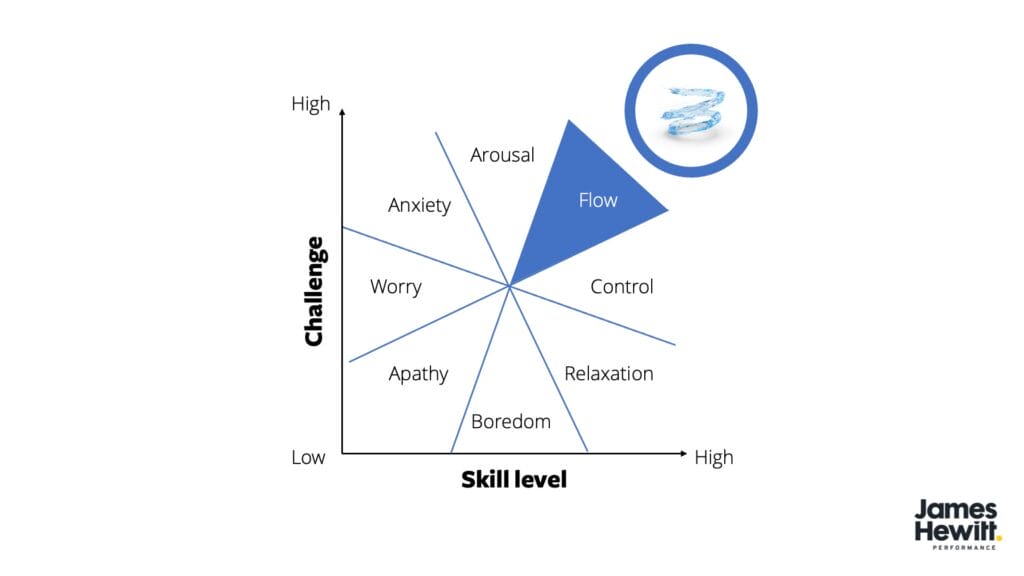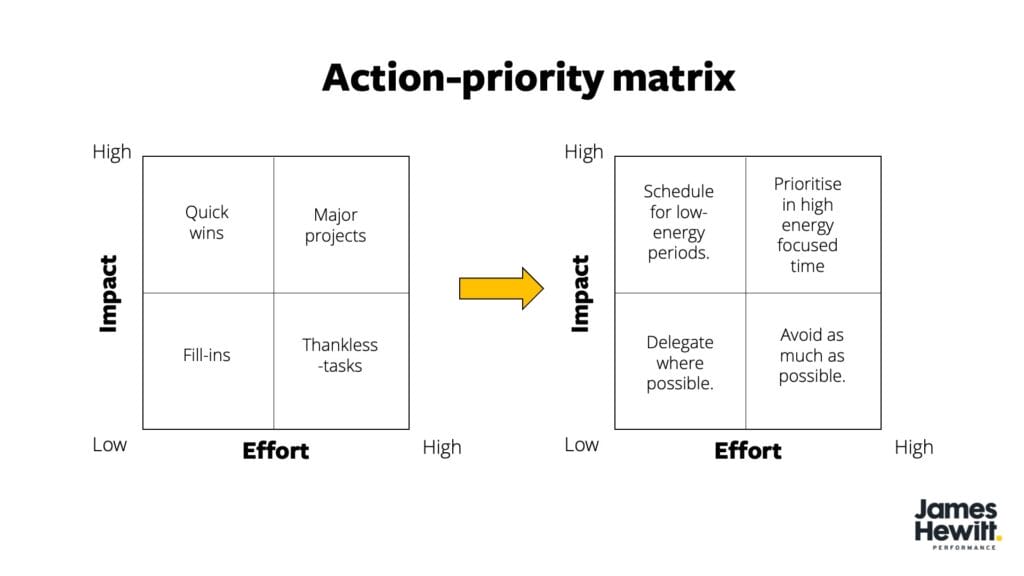The concept of ‘flow’ has been around for over 30 years. However, it remains one of the most helpful frameworks to consider how we can perform at our best. While you may be able to stumble upon a flow state by chance, there are several pre-conditions which you can put in place to enter flow states more consistently and reliably.
The best moments in life
In 1990, the psychologist Mihaly Csikszentmihalyi introduced the concept of ‘Flow’. Csikszentmihalyi described flow as a ‘peak experience’ and argued that “The best moments usually occur if a person’s body or mind is stretched to its limits in a voluntary effort to accomplish something difficult and worthwhile.”(1) Flow states enhance our internal drive to improve, accelerate learning and increase happiness.
A sense of control is also one of the defining characteristics of flow states. So, you might be surprised to learn that, during the experience of flow, it appears that activity in the prefrontal cortex, which is responsible for cognitive control, is down-regulated.
What is happening in our brain when we experience flow?
In a process called transient hypofrontality, activity in the prefrontal cortex appears to reduce (2). This change may be responsible for triggering the feelings of distortion of time, reduced self-consciousness, and loss of our ‘inner critic’, which are features of flow states.
However, many characteristics of modern work prevent us from consistently experiencing flow. The goals we set ourselves or others are often too vague. The feedback we receive or give is too ambiguous. We impair our skills with continuous distractions and interruptions. Flow states can feel elusive. However, it’s possible to design your work to make it more likely that you can experience flow. The first step is to ensure the following three pre-conditions for generating flow states are in place.
Pre-condition 1: There should be an optimal balance between challenge and skill
The tasks in our work need to be challenging enough to stimulate while being well-matched with our skills. If you’re not challenged enough or feel that you don’t have the skills you need, the obvious solution is to reach out for help. However, we often unnecessarily impair our skills and capacity to perform tasks by not sufficiently protecting our ability to focus. Make sure you protect time to experience flow, by breaking bad habits associated with interruptions and continuous distractions, which are often driven by communication technology.

Pre-condition 2: Flow states require clear goals
The feeling of an ability to exert influence on the situation is one of the most commonly reported experiences associated with flow states. Setting clear goals is an essential part of this process. Applying prioritization techniques, such as the Importance/Urgency and Action/Priority matrices can help to define more specific goals and increase our sense of control.

Pre-condition 3: Flow states require specific feedback and a clear sense of progress
Flow states are supported by feedback loops which facilitate the anticipation of reward and provide a consistent sense of achievement. Time management methods, such as the Pomodoro technique, where work is divided into 25-minute intervals of focus (each called a Pomodoro), followed by a short break of around 5 minutes, can help to facilitate this.
Create a check-box for each block, so you can enjoy a sense of achievement when you tick them off. We can learn and develop our capacity to experience flow. Establishing these three pre-conditions as a regular part of your workday should help in this process. I encourage you to record whether you’ve experienced flow in your workday, as a tag or journal item and observe whether this is associated with any other positive outcomes.
References
1) Csikszentmihaly, M. (2008) Introduction. Flow: The Psychology of Optimal Experience. New York. Harper Perennial Modern Classics. p.3
2) Dietrich, A. (2003). Functional neuroanatomy of altered states of consciousness: The transient hypofrontality hypothesis. Consciousness and Cognition, 12(2), 231-256





